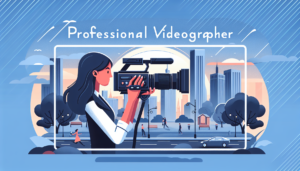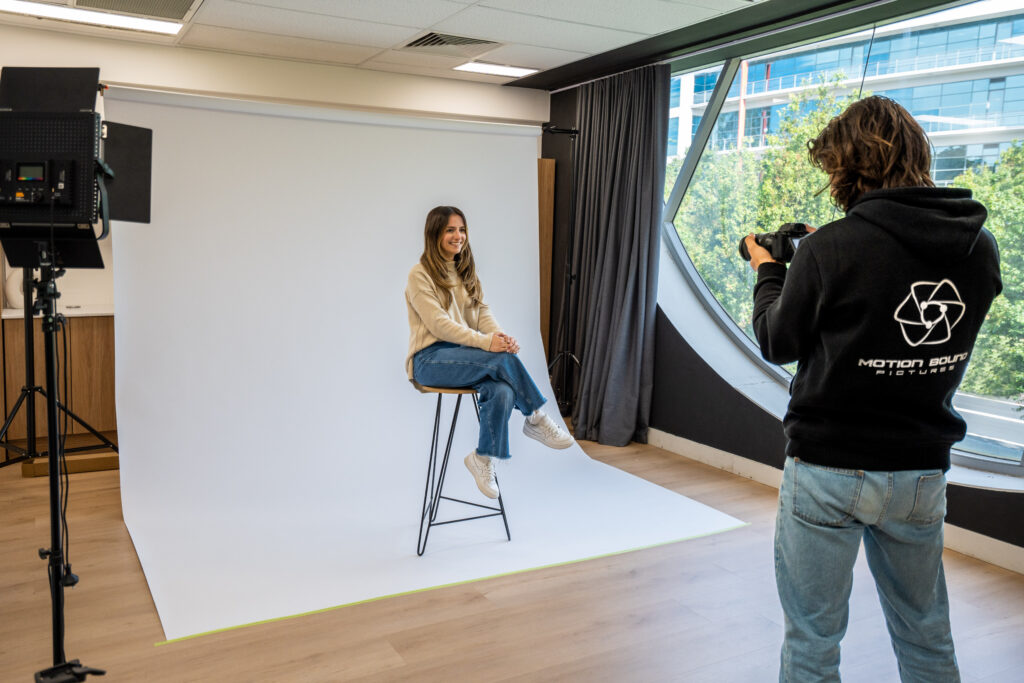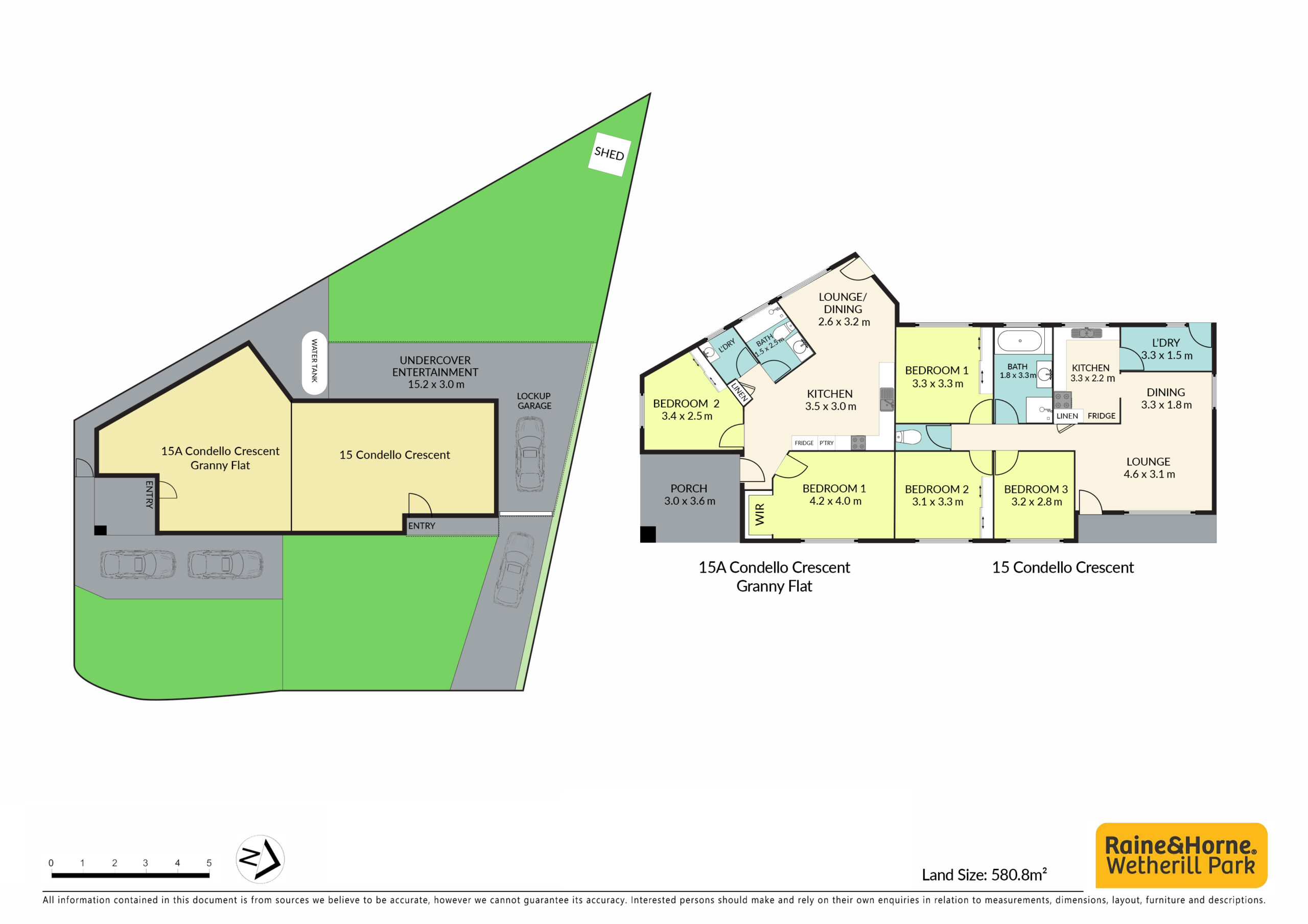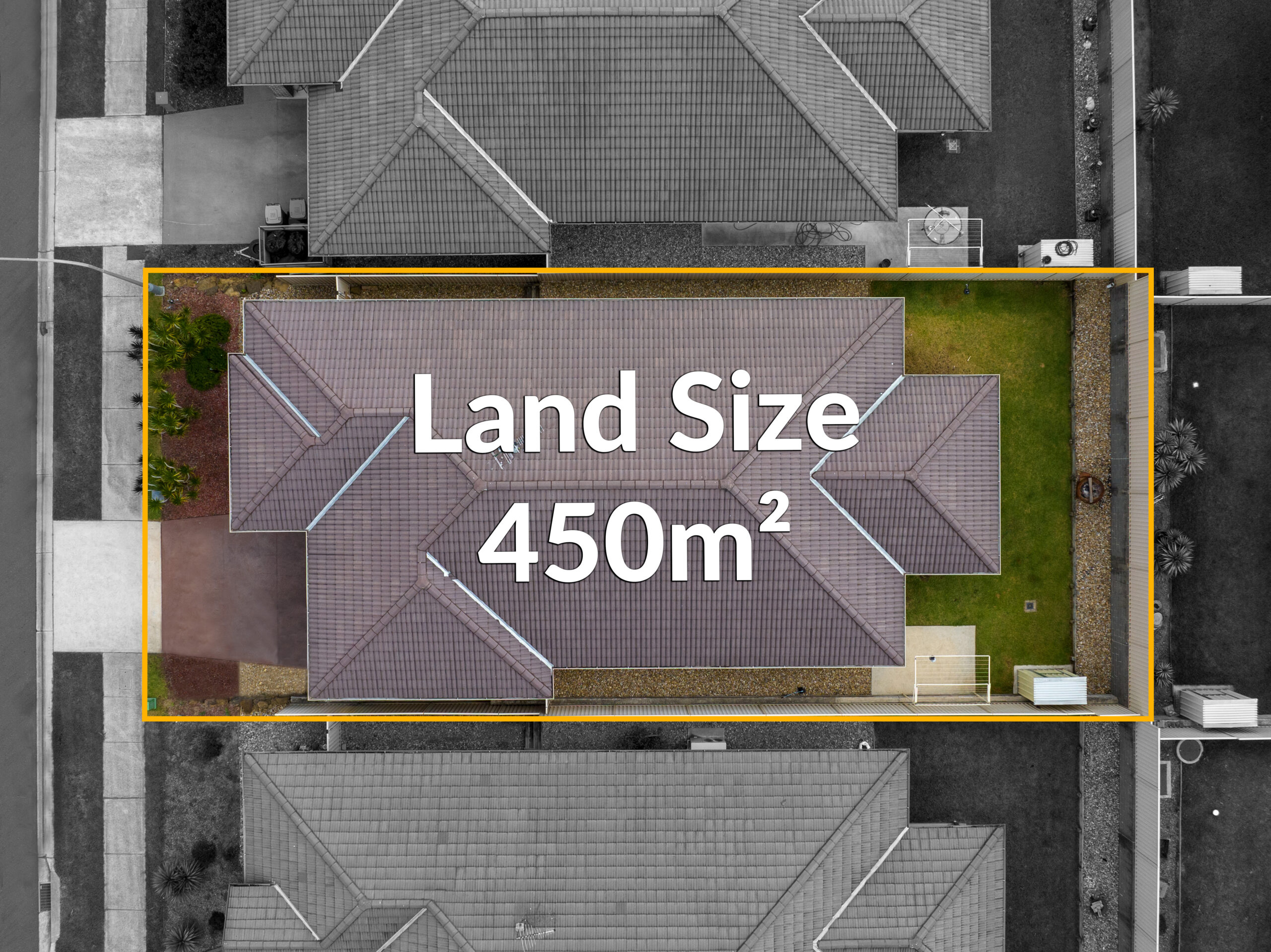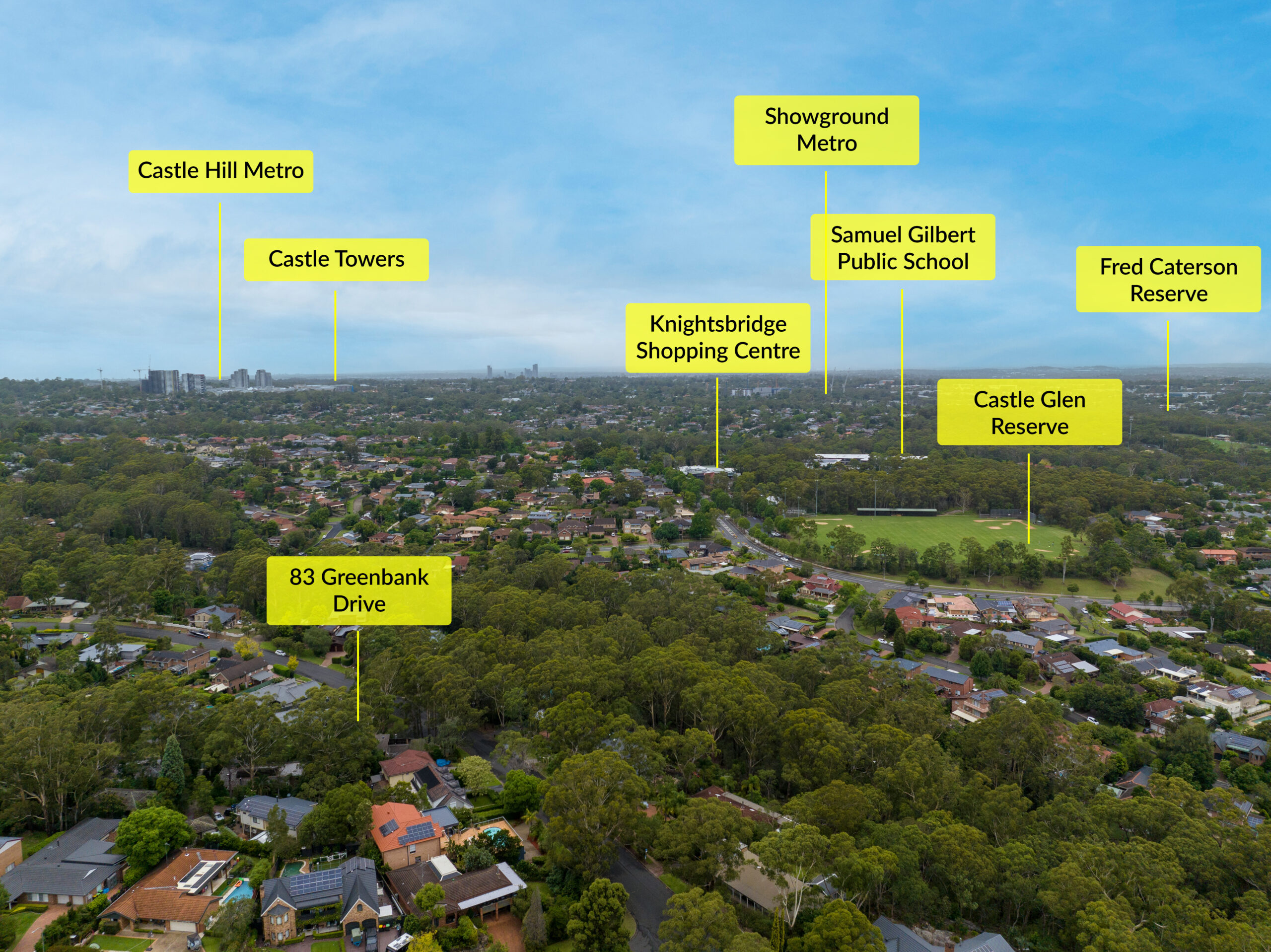Understanding the Basics of Video Editing Quality
Video editing quality often separates an amateur video from a professional-looking production. At its core, video editing quality hinges upon three pillars: clarity, coherence, and creativity. Clarity is crucial, as higher video resolution and clear, stable footage contribute significantly to the perceived quality of your edit. It starts with the source material; always aim for the highest quality footage your equipment can handle. This includes considering aspects like lighting, framing, and the absence of unwanted noise or artifacts.
Coherence in video editing refers to the logical sequence and smooth transition of scenes and clips. A well-edited video has a rhythmic flow that guides the viewer through the story or message without confusing jumps or abrupt cuts. Achieving this involves meticulous attention to pacing and ensuring that each transition is motivated by the content. Whether you’re using straight cuts, fades, or more complex transitions, they should all serve the narrative and maintain the continuity of your visuals and audio.
Lastly, creativity brings your video to life and makes it stand out. This involves the imaginative aspect of visual storytelling and the technical expertise to implement your ideas effectively. Employing techniques like color grading, overlaying graphics, and adding special effects can elevate the production value of your video, but they must be used judiciously. Each creative choice should enhance, not detract from, the viewer’s experience. Knowing when to add that creative flair and when to restrain for simplicity is key to maintaining high editing quality.
Moreover, it’s critical to understand that video editing quality transcends the mere application of tools and effects. A skilled editor must understand timing, pace, and emotional impact intimately. Each cut and each effect must be deliberate and add something to the overall experience. Indeed, the subtle art of what to leave unseen or unsaid often defines the professionalism within the edit. This unsung skill not only improves the quality of the video but also respects the intelligence and engagement of the audience.
Assessing Technical Proficiency in Video Editing
When it comes to assessing technical proficiency in video editing, several key factors must be considered that demonstrate a video editor’s skill level. Mastery of video editing software is crucial; editors should exhibit a strong command of tools such as Adobe Premiere Pro, Final Cut Pro, or DaVinci Resolve. It is not merely about understanding the basic functions of these programs but being adept at utilizing their advanced features to enhance storytelling through editing techniques such as color grading, audio mixing, and seamless transitions.
A discerning eye for detail is another essential component in video editing proficiency. Video editors should be able to identify and correct technical issues such as inconsistent lighting, audio discrepancies, and visual continuity errors. But, proficiency goes beyond correcting mistakes; it involves a level of creativity and innovation in editing that contributes to the narrative flow and pacing of the final product. This can mean knowing when to use a jump cut for dramatic effect or when to employ a slow-motion sequence to heighten emotional impact.
Key Performance Indicators in Video Editing
To effectively assess technical proficiency, one must consider specific key performance indicators (KPIs) within a video editor’s work. These KPIs can include the complexity of edit sequences, the seamless integration of visual effects, and the effective use of storytelling elements such as timing, rhythm, and tempo. Edit quality, storytelling understanding, and creative use of technical elements play significant roles in evaluating an editor’s technical proficiency.
Furthermore, the ability of video editors to collaborate and communicate with other team members, such as directors and cinematographers, indicates their professional maturity and versatility. This soft skill is pivotal in the post-production phase, as it ensures that the project’s vision is realized while managing the technical challenges inherent in the editing process. Therefore, video editors’ proficiency can be measured by their standalone skills and capacity to adapt and work within a larger creative framework.
Evaluating Creativity and Storytelling in Edits
One must consider several dimensions when assessing the creativity and storytelling capabilities in edits. Creative editing is not solely about the technical prowess displayed through the edit but also about how the edit enhances the narrative. A successful edit should feel seamless and contribute to a broader storytelling experience, explicitly tailored to evoke an emotional response from the viewer. The editing process becomes an art form—a dance between the rhythm of cuts, the juxtaposition of images, and the pacing that either quickens the pulse or allows for moments of quiet contemplation.
Creative Cohesiveness
An impressive demonstration of creative editing is when the sequences flow together in logical succession and with a touch of inventiveness. This cohesiveness ensures that the edit does not disrupt the storytelling but is supported and embellished by it. When an editor strategically employs techniques such as match cuts, L and J cuts, or cross-cuts, they not only showcase their skill set but also advance the plot in a more immersive and creative manner. Each editing choice intends to serve the story’s arc and themes.
Rhythmic Resonance
An edit’s rhythm can transform scenes into a captivating narrative journey. The rhythmic resonance within a piece of editing works with the narrative’s ebb and flow. An editor’s adeptness at timing—whether to linger on a shot or cut away—can either heighten tension or provide relief at precisely the right moments. Rhythm in video editing is analogous to musical tempo; it must vary to maintain audience interest and communicate the appropriate emotional beats of the story.
Visual Storytelling Techniques
Finally, visual storytelling techniques should also be acknowledged when evaluating an edit’s creativity and effectiveness. Visual motifs, color grading that echoes the narrative’s mood, and incorporating visual effects that align with the storytelling all contribute to a richer viewing experience. Creative edits often include the skilled application of these techniques to craft scenes that are narratively effective and visually striking. Bold, imaginative choices in visual storytelling can imprint a lasting image in the audience’s minds, elevating the story’s impact.
How Client Feedback Shapes Video Editing Excellence
Client feedback is the compass by which video editors can navigate the vast sea of creativity and technical prowess. It is an essential element in the journey towards producing videos that are visually arresting and strategically aligned with client objectives. In essence, feedback acts as a collaborative tool, fostering an iterative process of refinement that allows video editors to sculpt a final product that resonates with the target audience.
Understanding the Audience Through Feedback
The magic of video editing is not just in the ability to cut, splice, and manipulate footage but in the editor’s capacity to empathize with the audience. Client feedback often provides insights into the demographic’s preferences, pain points, and behavioral patterns. By applying this information, an editor can craft a narrative that speaks directly to the viewer, ensuring that every transition, sound effect, and visual embellishment serves a purpose rooted in audience engagement.
Quality Enhancement via Constructive Critiques
The editor’s skilled hand turns raw footage into a polished gem, but the client’s vision guides this transformation. Constructive critiques from client feedback are instrumental in achieving excellence beyond mere aesthetics. Whether it be pacing adjustments, the rhythm of the edits, or the dynamic impact of a scene, feedback provides tangible benchmarks for improvement. In this way, every piece of commentary becomes a step closer to perfection, pushing editors to reassess and hone their technical skills and artistic intuition.
[aib_post_related url=’/the-five-essential-drone-shots-for-real-estate-video/’ title=’The Five Essential Drone Shots for Real Estate Video’ relatedtext=’You may also be interested in:’]
Learning from client feedback is not a one-way street; it is a dynamic interplay that enhances the current project and the editor’s future endeavors. Acknowledging areas of strength and recognizing growth opportunities paves the way for continual advancement. This ongoing evolution ensures that each subsequent project benefits from the lessons learned, steadily raising the bar for what defines video editing excellence.
Best Practices for Reviewing and Improving Video Editing Work
Set Clear Objectives for Each Review
Before you dive into the process of reviewing your video editing work, it’s crucial to identify the project’s primary objectives. Understanding the purpose of the video – whether it’s to inform, entertain, or persuade – sets a benchmark against which you can measure your editing decisions. During the reviewing phase, refer back to these initial objectives frequently to ensure that every cut, transition, and effect aligns with your ultimate goal. Remember that what works for a commercial might not suit an educational tutorial. Clarifying these objectives will streamline the review process and lead to more targeted improvements.
Adopt a Structured Feedback Process
[aib_post_related url=’/elementor-1476/’ title=’Jimeoin’ relatedtext=’You may also be interested in:’]
Feedback is the cornerstone of refining video editing work. However, the feedback process must be structured and constructive. When soliciting feedback, ask specific questions about pacing, transitions, visual effects, and narrative coherence. This targeted approach allows reviewers to focus on particulars rather than giving vague, general comments. Incorporating feedback from a diverse group of individuals, including those within and outside the creative industry, can offer fresh perspectives that highlight areas of improvement you have overlooked. Ensure you manage feedback effectively by documenting all suggestions and prioritizing them based on the objectives of your project.
[aib_post_related url=’/elementor-1483/’ title=’Everlast’ relatedtext=’You may also be interested in:’]
Utilize Revisions as a Learning Tool
Every revision on a video editing project offers an invaluable opportunity for growth and development. Critically examine each element of your video, from the timing of cuts to the choice of soundtrack and how they contribute to the narrative and emotional impact. Adjusting these elements and comparing versions can provide insight into the most effective techniques. Be bold in experimenting with different angles or pacing options. Through this iterative process, not only does your current project improve, but you also enhance your skill set for future endeavors. Remember, the difference between a good video and a great one often lies in the willingness to refine and revise.
Regularly Update Your Editing Techniques
The video editing landscape evolves, with new software features and editing techniques emerging regularly. Staying current with these advancements can dramatically enhance the quality of your video editing projects. Take time to learn about the latest editing tools and trends. By doing so, you’ll be better equipped to review your work critically and make improvements that resonate with contemporary audiences. Consider dedicating several hours weekly to watching tutorials, participating in webinars, or attending workshops. Committing to ongoing education in video editing is not just about keeping up with the times; it’s about pushing the boundaries of your creativity and technical expertise.


